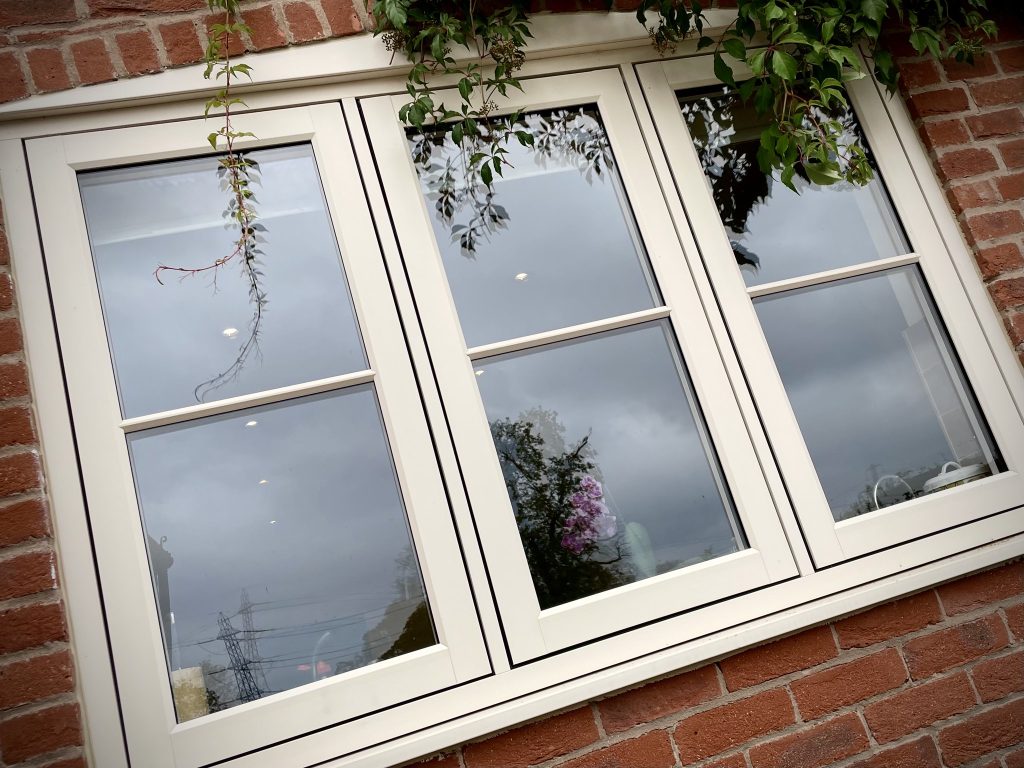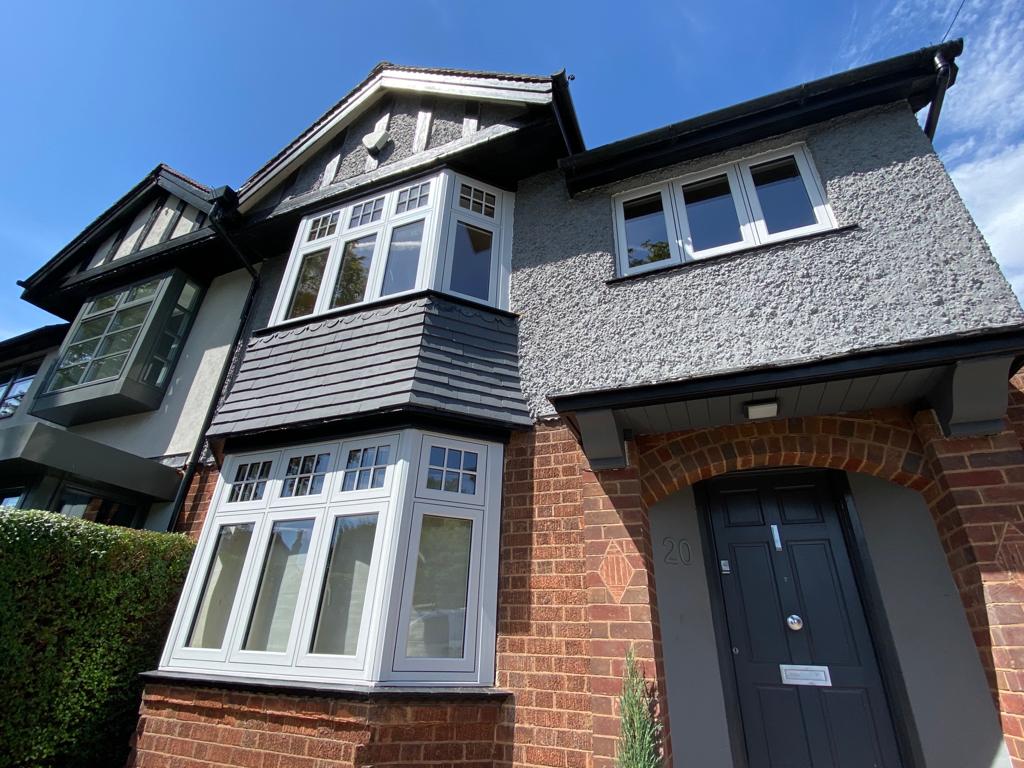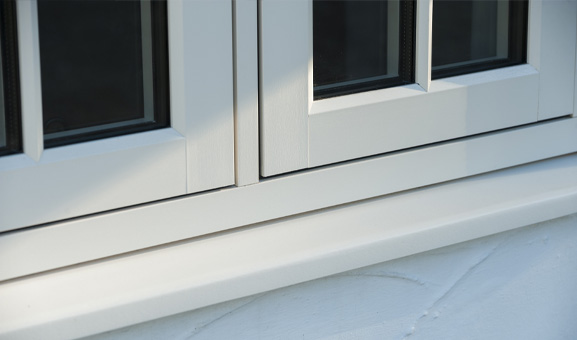The benefits of uPVC double glazed windows – energy efficiency, stylish looks and durability – are well documented. But how are these windows made? We know that double glazing comprises two panes of glass separated by a vacuum or gas-filled space, preventing air loss and retaining heat. Less is known about how the frames themselves are constructed, for maximum strength, outstanding thermal performance and aesthetic values.
Traditional joinery techniques in modern uPVC window design

Largely, the uPVC frame making industry is a highly mechanised one, developed to mass-produce frames at reasonable cost. Yet to a certain extent, the double-glazing industry has also taken its window-making cues from traditional joinery techniques of the past.
Butt joints (where one end of a piece of wood is simply butted up against another, and reinforced with dowels, screws or other types of reinforcement) and mitre joints (where two pieces of wood, cut at 45-degree angles are joined to form a 90-degree angle) can be seen on various types of uPVC double glazed window.
However, this isn’t to say that all uPVC window frames are manufactured in this way. Visible mitre and butt joints look great on a traditional timber effect window such as our flush sash Residence 9 collection but may not always be suitable for contemporary window frame designs that require a more seamless, smooth look.
So let’s have a closer look at the two main ways of constructing a double-glazed window, examining the pros and cons of each, along with other considerations to bear in mind when you are selecting the type of window you want for your property and particular taste.
What window styles are available?
Welded joints
As the name suggests, a welded joint involves fusing a uPVC window frame corners together using heat. Many uPVC windows in the UK are made this way, using a standard 45-degree mitre weld. The ends making up each square or rectangle are professionally welded so that they come together to deliver a 90° external angle, locking each part of the frame in place as the weld progresses.

Welding frames in this way makes for two distinct advantages. The first is that because the frame is ‘melted’ and pressed together, it becomes exceptionally strong. The second advantage is that this process creates a highly versatile window and an affordable price – hence its popularity across the UK and beyond. Its versatility extends to the fact that it can be foil-coated easily, making it a great choice for anyone wanting a woodgrain effect or a colour match to the rest of their home.
The overall result of welded joint is a very strong window that will easily resist the worst of the weather, require little maintenance and help to save on fuel bills. Although care is taken to make sure that, as far as possible, the join cannot be seen, the manufacturing process means that in some instances the joint isn’t quite seamless; however, this will not detract from the overall aesthetic of this rugged and strong piece of glazing. Specialised sealants are often used to ensure that the sill is water-tight and to prevent any moisture from seeping beneath the sill. Adhesives might be used for attaching some accessories or for securing the sill in place.
Mechanical joints
When mass production of uPVC windows got underway, it was assumed that the welding process as described above would put paid to traditional methods of framing that involved screws and glue. But those old skills refused to die, and when uPVC technology improved to the point where homeowners could buy ‘plastic’ windows that replicated timber equivalents, the joinery techniques that would ‘show the join’ were in vogue once more.
Let’s face it, if you’re having heritage-style uPVC windows fitted that comply with conservation areas and – in certain cases – Listed Building status, it’s important to finesse all the details, including small details like the joints. Mechanical butt and mitre jointed windows are, for the most part, manufactured by hand using screws and glue, with the aim of looking almost identical to their 18th and 19th century counterparts.

Mechanically jointed windows have all the advantages of their welded counterparts, in that they’re strong, secure and keep out the cold while retaining heat. They can be a little more expensive because they’re hand-produced, and depending on the specification of the window they may also need some reinforcement, particularly with larger areas of glazing. Extra care needs to be taken when fitting such windows, which may lead to a slightly higher cost for high quality joints.
Choosing the right window joint for your Nottingham home
Selecting the right joint type involves balancing aesthetics, durability, and cost. Whether you prefer seamless welded joints or classic mechanical joints, prioritise professional installation and regular maintenance to maximise the benefits of your double-glazed windows. For more information about how we can find the best and most suitable type of double-glazed windows contact us here, give us a call on 0115 866 00 66 or even visit our showroom, where our friendly staff will talk you through all the options.
